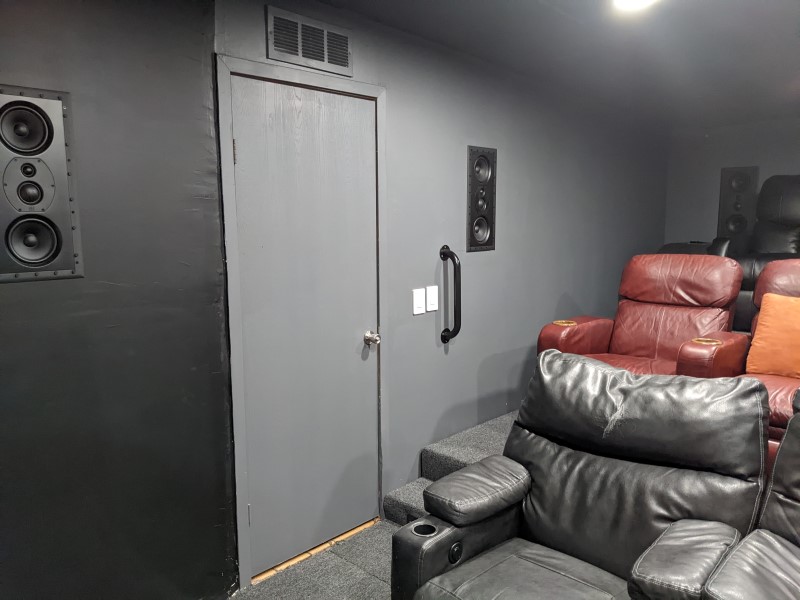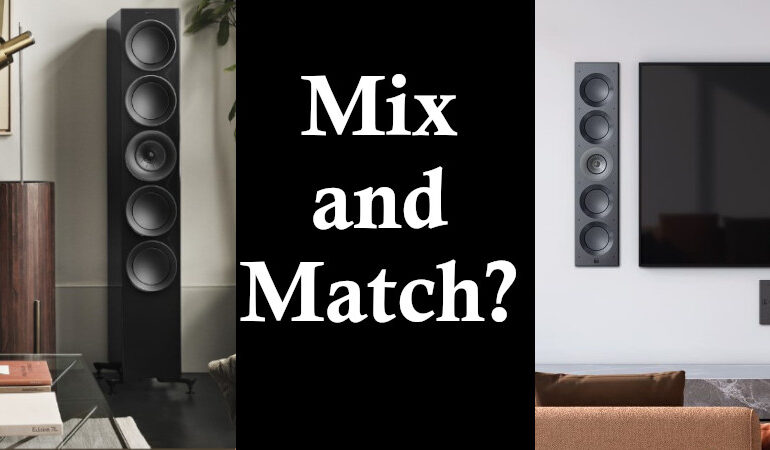Can You Mix and Match In-wall and Freestanding Speakers?
There are clear advantages and disadvantages of the different types of speakers. If you want that “clean” look of professional home theaters, you want in-wall speakers. If you want speakers you can move around (inside a space or from room to room), you want freestanding speakers. There are cost differences, performance differences, and many other considerations. But what if you want to mix and match in-wall and freestanding speakers? Can you do that? Will it sound weird? Let’s discuss!
Speaker Voicing
Speaker manufacturers are usually very careful about how they name their speaker lines. If a speaker is in a particular line, then those speakers should all sound similar. Generally speaking, if you want to mix and match in-wall and freestanding speakers, look for those from the same line.

Manufacturers know that people have different-sized rooms that may require different types of speakers. They also know that people expect those speakers to work well together. Therefore, they do everything they can to make sure that those speakers are timbre-matched to each other. They may not have the same capabilities, but they have the same general sound.
Of course, you can’t just assume that every speaker from the same line will work together well. You also can’t assume that just because speakers are from different lines, they won’t work together. The best bet is to reach out to the manufacturer. We know that both lines (Prime and Ultra) from SVS work well together for example.
Mixing and Matching In-Wall and Freestanding Speakers
Generally speaking, you can use either type of speaker for your surround and Atmos speakers. Having an in-wall speaker for your surround and a freestanding speaker for your surround back will usually be just fine. You are unlikely to hear any differences as sounds pan around behind you.

The front of the room is a little more difficult. If your front left speaker is of one type, the front right needs to be the same type. You wouldn’t want a freestanding front left with an in-wall front right. These are unlikely to mesh well. Since front speakers are normally sold in pairs, this usually isn’t an issue.
The one question we get a lot is about center speakers. People will want to mix and match an in-wall center with freestanding left and right speakers. Provided that the speakers are voiced the same, this should usually work well. As we’ve discussed, even having three identical speakers up front doesn’t ensure perfect timbre-matching. In-wall center speakers are often preferable especially because they can be placed behind acoustically-transparent projection screens.
Flipping the speaker types is the same. In-wall front left and right speakers should work just fine with a freestanding center speaker. We’ve never seen such a system, but we’re sure it is out there. Have you mixed and matched in-wall and freestanding speakers? How does it sound in your system? Would you do it over again if you had the option? Let us know in the comments below!


